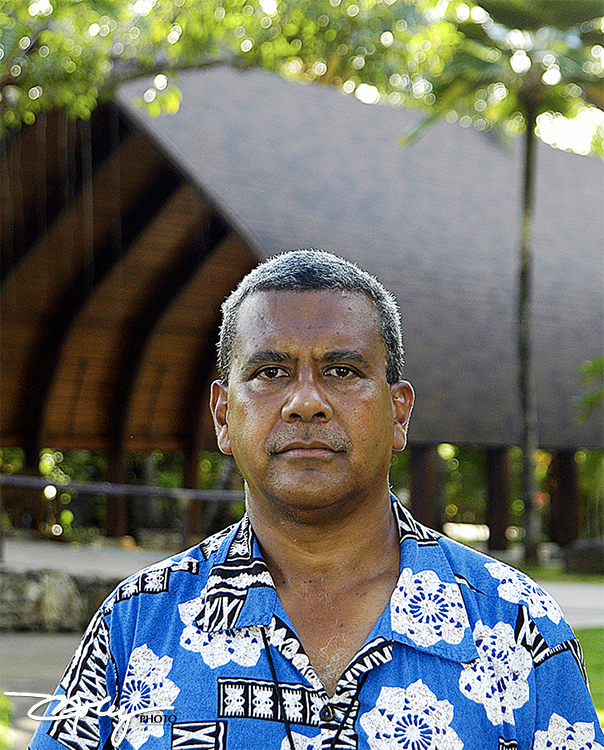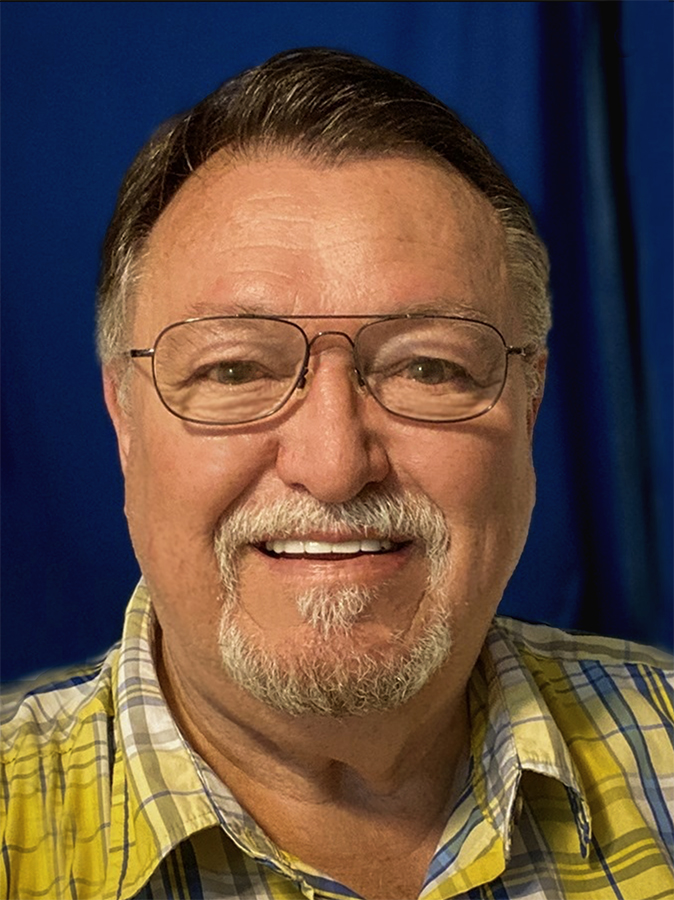
[Reprinted from a 2004 story and photo by Mike Foley]
Over 20 years ago the Polynesian Cultural Center commissioned the people of Kabara in Fiji’s Lau Islands archipelago to make a traditional ocean-voyaging canoe.
Using only indigenous materials, they handcrafted a 40-foot camakau [voyaging canoe — note: the letter ‘c’ in Fijian is pronounced like a voiced ‘th’ in English] in which the smaller hull acts as an outrigger while the
crab-claw sail may be rotated around the mast, enabling each end of the larger hull to act as the bow when the camakau tacks with the wind. After initially being on display for about 10 years, the camakau languished in storage for nearly 10 more years.
Then, out of respect for the original craftsmanship and the Fijian source of the logs from which Iosepa was being carved, the camakau was restored beginning in 2001.

Over the past several months President Von Orgill explained the Center built a large new structure in the Fijian village for the camakau, which PCC Fijian Village manager, Ratu Seru Inoke Suguturaga, said is called a vale ni camakau [“house for canoe”]. Suguturaga also said the structure would be finished early in the new year, at which time the Fijians would welcome the canoe to their village with a traditional ceremony.
“This is one of the few remaining camakau of its size in the world,” Suguturaga continued, “so we’ll be especially proud when it rests in its new home.” He adds that the opening of the canoe house would allow Fijian students to participate in the welcoming and dedication ceremony for the canoe and the vale ni camakau. He says that is a rare opportunity even in Fiji.
“This new display will help everyone appreciate the technology of our ancestors,” Suguturaga said, “ and we’re very grateful to be able to house the camakau in a proper setting.”

